The Canary Islands Spain’s Tropical Paradise

The Canary Islands: Spain’s Tropical Paradise
The Canary Islands Spain’s Tropical Paradise
The Canary Islands, an archipelago off the northwest coast of Africa, are a unique blend of stunning landscapes, diverse ecosystems, and rich cultural heritage. Despite their geographical proximity to Africa, the Canary Islands are politically and culturally part of Spain. This volcanic archipelago consists of seven main islands and several smaller ones, each offering distinct experiences and attractions. From the golden dunes of Gran Canaria to the lush forests of La Gomera, the Canary Islands are a haven for nature lovers, adventure seekers, and those looking to soak up the sun.

A Brief History of the Canary Islands
The history of the Canary Islands is as fascinating as their landscapes. The islands were originally inhabited by the Guanches, an indigenous Berber people, before being discovered by Europeans in the early 14th century. The exact origins of the Guanches are still debated, but they are believed to have arrived from North Africa around 1000 BC.
In 1402, the Norman explorer Jean de Béthencourt began the European conquest of the Canary Islands under the auspices of the Castilian crown. By 1496, the Spanish had completed their conquest, and the islands became an integral part of the Kingdom of Castile. The Canary Islands played a significant role during the Age of Exploration, serving as a stopover for Christopher Columbus on his voyages to the New World.
Over the centuries, the Canary Islands developed a unique culture that blends Spanish, African, and Latin American influences. Today, this rich cultural heritage is evident in the islands’ architecture, cuisine, music, and festivals.
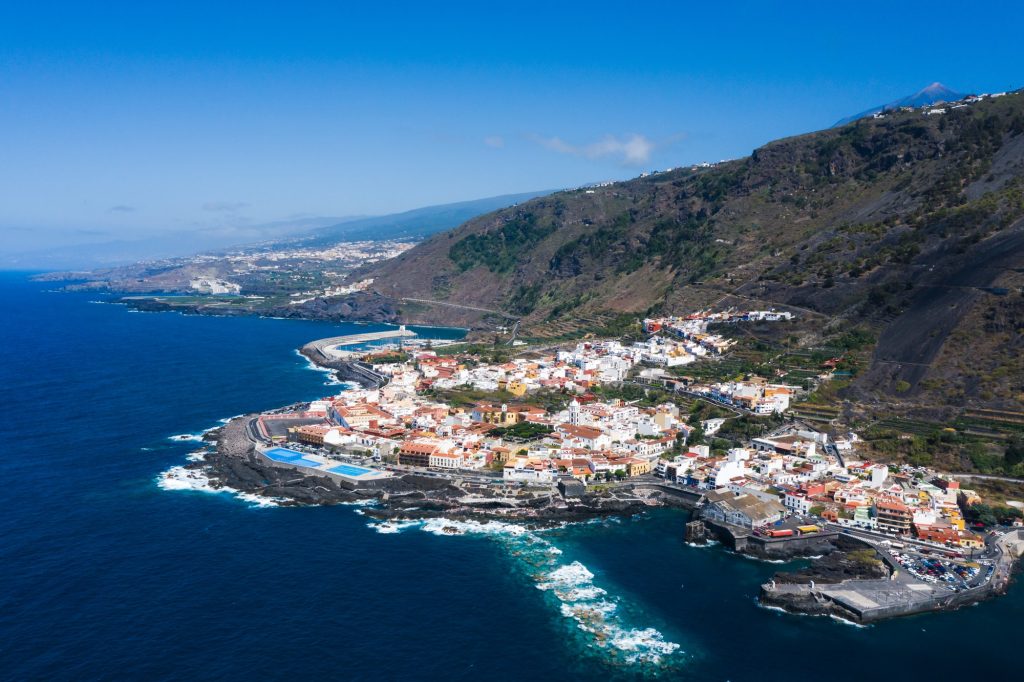
The Islands of the Canary Archipelago
Each of the Canary Islands offers something unique, from dramatic landscapes and vibrant cities to serene beaches and charming villages. Here is a closer look at the seven main islands:
1. Tenerife
Tenerife, the largest and most populous island, is known for its diverse landscapes, which include lush forests, rugged mountains, and stunning beaches. The island’s most famous landmark is Mount Teide, the highest peak in Spain and a UNESCO World Heritage Site. Visitors can take a cable car to the summit for breathtaking views of the island and beyond.
The capital city, Santa Cruz de Tenerife, is a bustling port with excellent shopping, dining, and cultural attractions. The city hosts the famous Carnival of Santa Cruz de Tenerife, one of the largest and most spectacular carnivals in the world. The island’s southern coast, particularly the areas around Playa de las Américas and Los Cristianos, is known for its vibrant nightlife and luxury resorts.
2. Gran Canaria
Gran Canaria, often described as a “continent in miniature,” boasts a variety of microclimates and landscapes. The island’s interior is characterized by dramatic mountain ranges and verdant valleys, while the coastline features beautiful beaches and dunes.
The capital city, Las Palmas de Gran Canaria, is a cosmopolitan hub with a rich history and vibrant cultural scene. The historic district of Vegueta, with its cobblestone streets and colonial architecture, is a must-visit. The island is also home to Maspalomas, famous for its expansive sand dunes and lively beach scene.
3. Lanzarote
Lanzarote is renowned for its otherworldly volcanic landscapes, shaped by numerous eruptions over the centuries. The island’s Timanfaya National Park offers a glimpse into this unique terrain, with guided tours showcasing the dramatic lava fields and geothermal activity.
Artist and architect César Manrique played a crucial role in preserving Lanzarote’s natural beauty while integrating artistic elements into the landscape. Visitors can explore Manrique’s works, including the Jameos del Agua, a series of lava caves transformed into a cultural center, and the Mirador del Río, a viewpoint offering stunning vistas of the island and the Atlantic Ocean.
4. Fuerteventura
Fuerteventura is known for its long stretches of golden beaches and crystal-clear waters, making it a paradise for sunbathers and water sports enthusiasts. The island’s strong winds and waves attract surfers, windsurfers, and kiteboarders from around the world.
The Corralejo Natural Park, with its vast sand dunes and pristine beaches, is a highlight of the island. The park’s landscapes are reminiscent of the Sahara Desert, offering a unique contrast to the island’s turquoise waters. The capital, Puerto del Rosario, is a charming town with a relaxed atmosphere and a growing arts scene.
5. La Palma
La Palma, often referred to as “La Isla Bonita” (The Beautiful Island), is known for its lush vegetation, dramatic landscapes, and clear night skies. The island is a UNESCO Biosphere Reserve and boasts some of the best stargazing opportunities in the world, thanks to its observatories located at high altitudes.
The Caldera de Taburiente National Park is a highlight, featuring a massive volcanic crater surrounded by dense forests and deep ravines. The capital, Santa Cruz de La Palma, is a picturesque town with colonial architecture and a vibrant cultural scene.
6. La Gomera
La Gomera is a paradise for hikers and nature enthusiasts, with its network of well-maintained trails that traverse lush forests, deep gorges, and terraced hillsides. The island’s Garajonay National Park, a UNESCO World Heritage Site, is home to ancient laurel forests and diverse flora and fauna.
The island’s unique whistling language, Silbo Gomero, is still used by locals to communicate across the deep ravines and valleys. The capital, San Sebastián de La Gomera, is steeped in history and was the last stop for Christopher Columbus before his voyage to the Americas.
7. El Hierro
El Hierro, the smallest and least developed of the main islands, offers a tranquil escape with its unspoiled landscapes and pristine waters. The island is a UNESCO Geopark, recognized for its geological diversity and sustainable practices.
Diving is a popular activity on El Hierro, with the marine reserve of La Restinga offering some of the best underwater experiences in the archipelago. The island’s rugged terrain, dotted with volcanic cones and lava fields, is perfect for hiking and exploring.
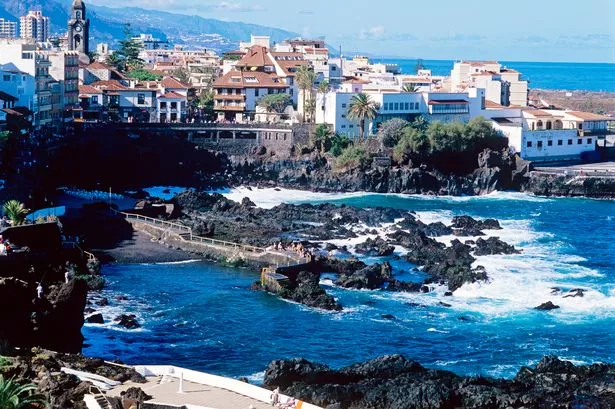
Activities and Attractions
The Canary Islands offer a wide range of activities and attractions to suit every traveler’s interests, from outdoor adventures and cultural experiences to relaxation and leisure.
Outdoor Adventures
The diverse landscapes of the Canary Islands make them a playground for outdoor enthusiasts. Hiking is a popular activity, with numerous trails ranging from easy walks to challenging treks. Some of the best hiking spots include the Roque Nublo in Gran Canaria, the Anaga Rural Park in Tenerife, and the Ruta de los Volcanes in La Palma.
Water sports are also a major draw, with excellent conditions for surfing, windsurfing, kiteboarding, and diving. The beaches of Fuerteventura and Lanzarote are particularly popular for these activities, while the marine reserves around El Hierro and La Palma offer incredible diving opportunities.
Cultural Experiences
The rich cultural heritage of the Canary Islands is reflected in their festivals, architecture, and cuisine. Each island has its own unique traditions and celebrations, with the Carnival of Santa Cruz de Tenerife being one of the most famous. Other notable festivals include the Fiesta de la Rama in Gran Canaria and the Bajada de la Virgen de las Nieves in La Palma.
The islands’ colonial architecture, particularly in the historic districts of Las Palmas de Gran Canaria and Santa Cruz de La Palma, provides a glimpse into their past. Museums and cultural centers, such as the Museum of Nature and Archaeology in Tenerife and the César Manrique Foundation in Lanzarote, offer insights into the islands’ history, art, and natural environment.
Relaxation and Leisure
For those seeking relaxation, the Canary Islands offer plenty of opportunities to unwind. The islands’ beaches range from golden sands to black volcanic shores, with tranquil waters perfect for swimming and sunbathing. Many resorts and spas provide luxurious accommodations and wellness treatments, ensuring a rejuvenating stay.
The islands’ natural beauty can also be enjoyed at a leisurely pace, with scenic drives and leisurely walks through picturesque villages and coastal towns. Wine tasting is a popular activity, with the Canary Islands producing unique wines from volcanic soils. The wine regions of Lanzarote and Tenerife are particularly well-known for their distinctive varieties.
Practical Information for Visitors
To make the most of a trip to the Canary Islands, it’s important to plan ahead and consider practical aspects such as transportation, accommodation, and local customs.
Getting There and Around
The Canary Islands are well-connected by air, with international airports on Tenerife, Gran Canaria, Lanzarote, and Fuerteventura. Direct flights are available from many European cities, and inter-island flights are operated by local airlines such as Binter Canarias and Canaryfly.
Ferries also connect the islands, offering an alternative way to travel between them. Fred. Olsen Express and Naviera Armas are the main ferry operators, providing regular services and scenic journeys across the archipelago.
Accommodation
The Canary Islands offer a wide range of accommodation options, from luxury resorts and boutique hotels to budget-friendly hostels and vacation rentals. Many visitors opt to stay in coastal areas for easy access to beaches and water activities, while others prefer the tranquility of rural retreats and eco-lodges.
It’s advisable to book accommodation in advance, especially during peak travel seasons and popular festivals. Many resorts and hotels offer all-inclusive packages, providing convenience and value for money.
Local Customs and Etiquette
The people of the Canary Islands are known for their warm hospitality and relaxed lifestyle. While Spanish is the official language, English is widely spoken in tourist areas. Learning a few basic Spanish phrases can enhance your experience and show respect for the local culture.
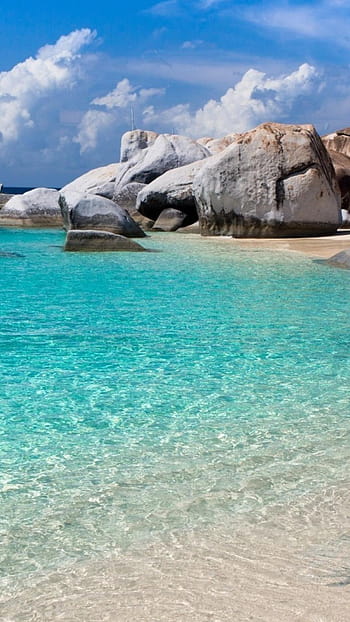
When visiting religious sites, dress modestly and observe local customs. Tipping is not obligatory but is appreciated in restaurants and for services such as guided tours.
Conclusion
The Canary Islands offer a unique and diverse travel experience, with their stunning natural landscapes, rich cultural heritage, and endless opportunities for adventure and relaxation. Whether you’re exploring
the volcanic terrain of Lanzarote, hiking the lush trails of La Gomera, or soaking up the sun on the beaches of Fuerteventura, the Canary Islands promise an unforgettable journey.
This archipelago’s blend of Spanish, African, and Latin American influences creates a vibrant and welcoming atmosphere that draws visitors from around the world. With their year-round mild climate, the Canary Islands are an ideal destination for any season, offering something for everyone.
As you plan your trip to the Canary Islands, embrace the spirit of exploration and discovery that has defined these islands for centuries. From the peaks of Mount Teide to the depths of the Atlantic Ocean, the Canary Islands await your adventure.
Learning Spanish Language
-
The Canary Islands Spain’s Tropical Paradise
The Canary Islands Spain’s Tropical Paradise The Canary Islands, an archipelago off the northwest coast of Africa, are a unique blend of stunning landscapes, diverse ecosystems, […]
vv


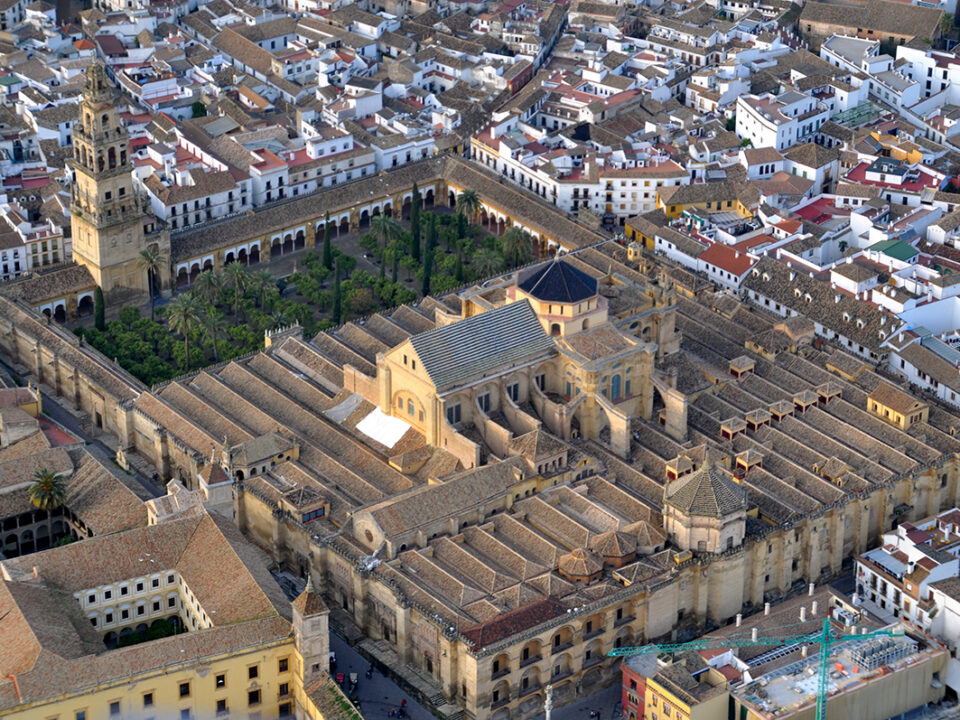
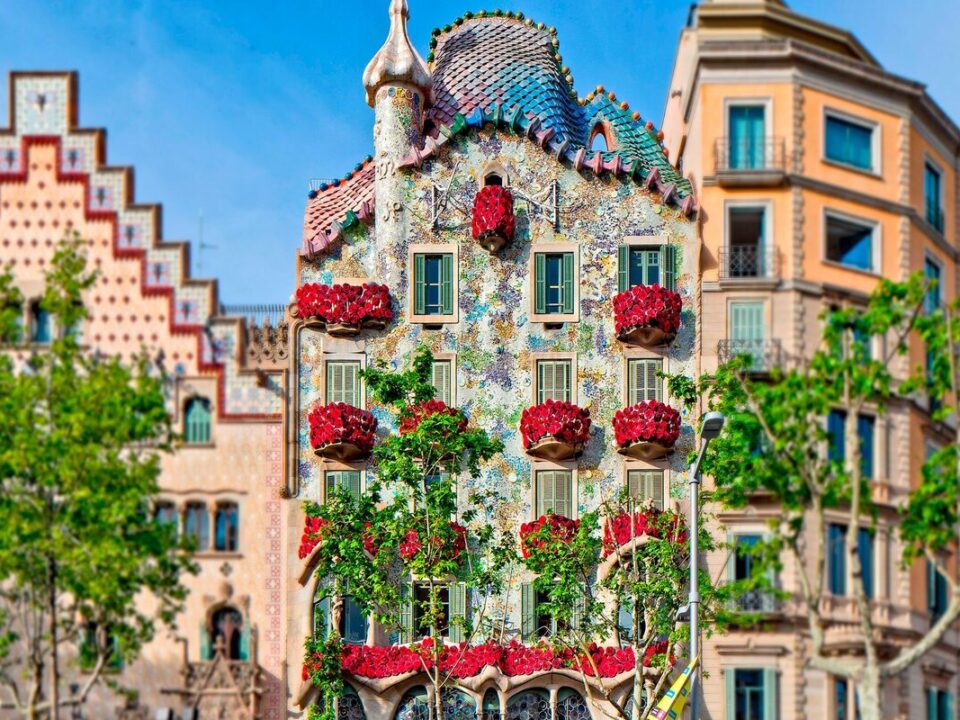

3 Comments
[…] family and I decided to go to the beach. We woke up early to prepare everything we needed: towels, swimsuits, sunscreen, and of course, a ball to play with on the sand. We were all very excited to spend a […]
[…] you know that Colombia is one of the largest producers of bananas in the world? Or that Spain celebrates the annual La Tomatina festival, where participants throw tomatoes at each other? This […]
[…] a deep dive into the specialized language of healthcare with our guide to advanced medical terms in Spanish. Perfect for healthcare professionals, students, and anyone interested in medical Spanish, this […]